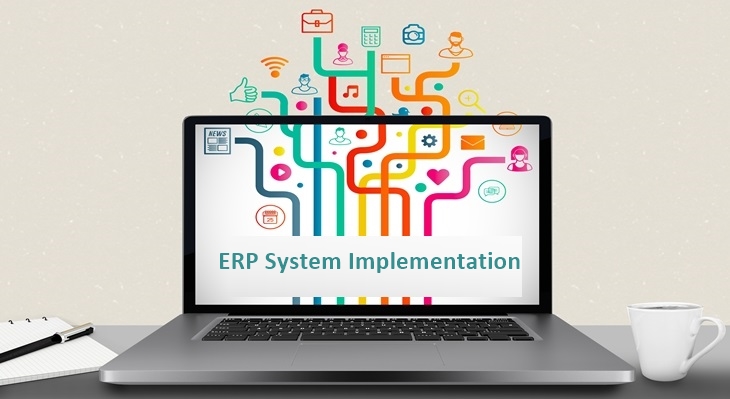What is ERP?
Enterprise resource planning (ERP) is a business process software that empowers an Enterprise to manage the plethora of integrated applications related to the day-to-day process.
ERP System is designed to be used by businesses and often requires dedicated teams to customize and analyze the data and to handle upgrades and deployment.
Why do Organisations implement Enterprise resource planning?
Most organizations implement Enterprise resource planning systems to replace legacy software or to incorporate ERP applications, following are the reasons to implement ERP:-
- Replace in-house systems
- To replace current accounting software
- Replace other non-ERP systems / had no system
Based on what best meets the specific needs and technical capabilities of the organization, the individual ERP module can be implemented as per requirement.
How to implement a successful ERP System?
It is said, ”Well Begun is Half Done”; thus it is mandatory to have a correct implementation of ERP for its Optimal Utilization. Below are the must-do steps for the successful implementation of the Enterprise resource planning system.
The very 1st step is to set the objectives clearly and document the requirements. Considering the available resources, infrastructure, and technology available the key performance indicators(KPI) should be pointed out, in order to select the right ERP solution that best suits your needs.
Articulate the alignment of ERP system implementation with the company’s strategic goals.
This is the most critical step in the starting phase, as the exact solution will solely depend upon your specific business requirements and system preference. Therefore, it highly recommends having a word with your Enterprise resource planning consultant.
Hence, for smooth transitioning between two systems analyze your current data. Also, find out what is necessary shifts to the new system as transferring all data is not feasible.
Moreover, Enterprise resource planning transitions are as much about changing the culture as changing technology. It’s necessary to keep your employees informed about the upcoming change as it is going to affect the system as a whole and not only some parts.
Further, communicating the change positively to the employees will make things easier. As a result, an ERP can only provide optimal results when every employee accepts the change.
Most of the systems fail because of improper customization for non-optimal utilization. Therefore, the use of proper technology and providing the right training are the main factors on which the success of the project will be dependent.
Most Enterprise resource planning systems face failure after implementation. Hence your IT team can conduct these tests to make sure there are no faults in the code. Moreover, Functional and User acceptance tests implement the system properly.
Enterprise resource planning systems require timely maintenance and up-gradation other than the installation for smooth working.
You may also like to Read:
The Important Unanswered Questions in Machine Learning (ML)
Benefits of Machine Learning in ERP

